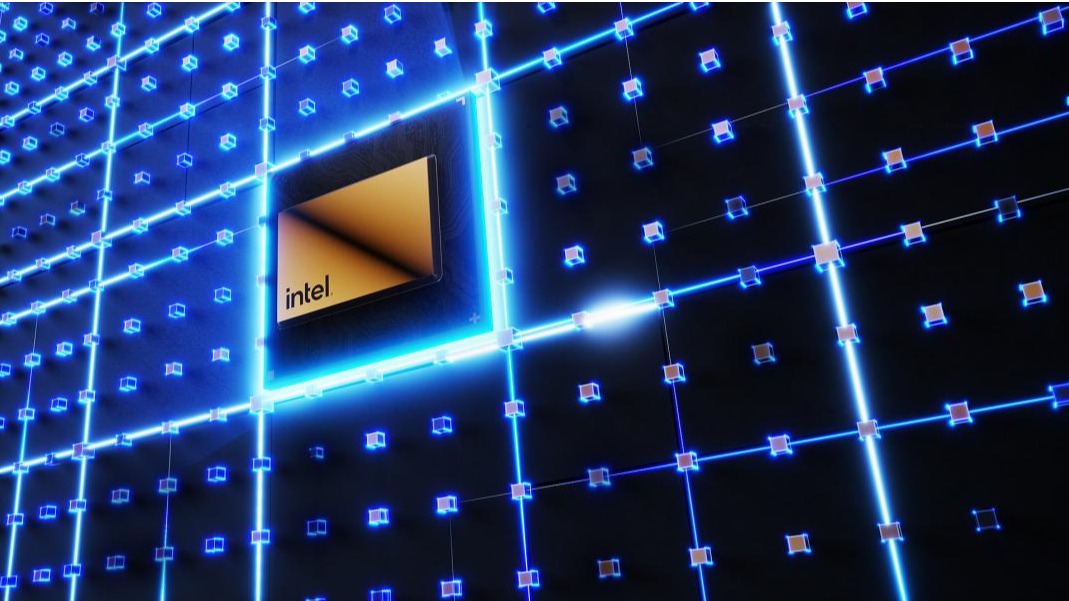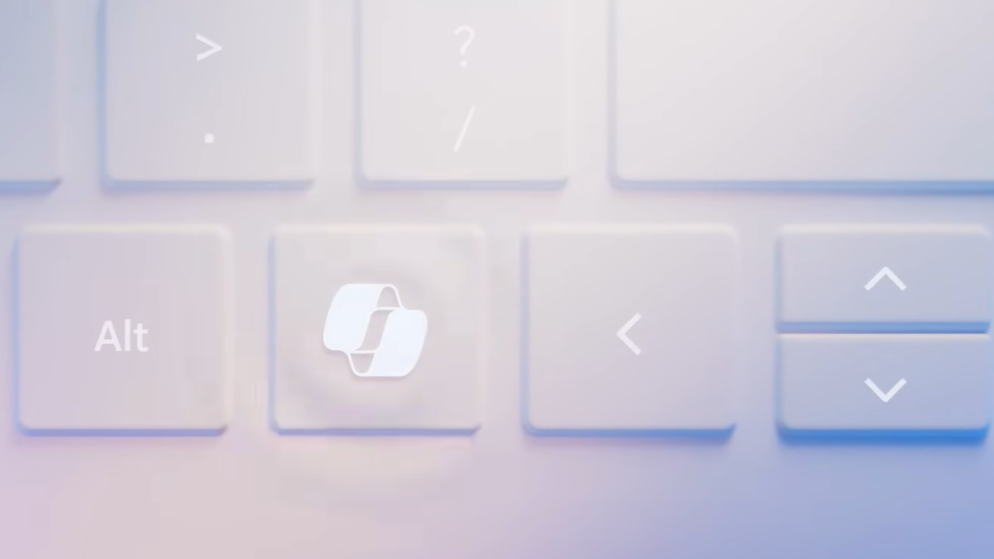Microsoft has announced the first major change to its keyboard in nearly 30 years with the introduction of a dedicated artificial intelligence (AI) assistant button.
The dedicated ‘Copiliot key’, which will summon Microsoft’s Bing-powered AI assistant of the same name, will begin rolling out on a variety of new PCs and laptops from Microsoft and its partners.
The ribbon-like key will replace the right CTRL button on some PCs and a menu key on others near the space bar.
Copilot promises to help users with a range of tasks such as summarising articles, searching online, making device setting changes or even creating music from scratch.
The design shift was announced by Microsoft ahead of CES, which kicks off next week in Las Vegas.
In an announcement video, Yusuf Mehdi, executive vice president and consumer chief marketing officer at Microsoft, said: “Nearly 30 years ago, we introduced the Windows key to the PC keyboard that enabled people all over the world to interact with Windows. We see this as another transformative moment in our journey with Windows where Copilot will be the entry point into the world of AI on the PC.”
The company has poured billions into AI development, including a 49 per cent stake in ChatGPT operator OpenAI. The company increased its influence at the AI startup with a non-voting observer position late last year following a whirlwind few days in which OpenAI fired and rehired its chief executive officer Sam Altman.
Latest News
-
Number of UK tech companies ‘jumps 50%’ in 5 years
-
Apple teams up with Google to boost AI models
-
Universal Music Group appoints new chief data officer to lead AI audience strategy
-
Microsoft sets community-first AI plan to curb power bills
-
Amazon begins UK drone flights ahead of Prime Air launch
-
Malaysia seeks ‘legal action’ against X and xAI over Grok AI concerns
The future-ready CFO: Driving strategic growth and innovation
This National Technology News webinar sponsored by Sage will explore how CFOs can leverage their unique blend of financial acumen, technological savvy, and strategic mindset to foster cross-functional collaboration and shape overall company direction. Attendees will gain insights into breaking down operational silos, aligning goals across departments like IT, operations, HR, and marketing, and utilising technology to enable real-time data sharing and visibility.
The corporate roadmap to payment excellence: Keeping pace with emerging trends to maximise growth opportunities
In today's rapidly evolving finance and accounting landscape, one of the biggest challenges organisations face is attracting and retaining top talent. As automation and AI revolutionise the profession, finance teams require new skillsets centred on analysis, collaboration, and strategic thinking to drive sustainable competitive advantage.
© 2019 Perspective Publishing Privacy & Cookies




.jpg)



Recent Stories